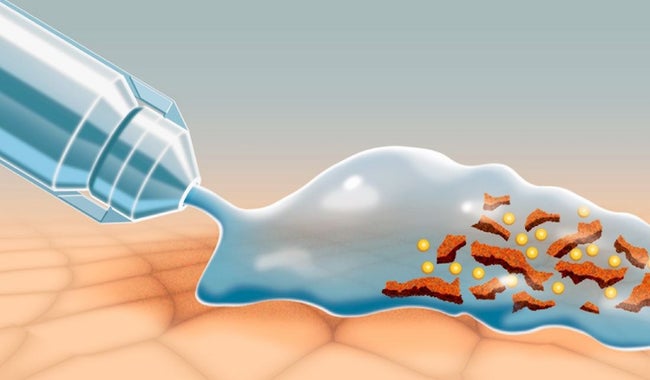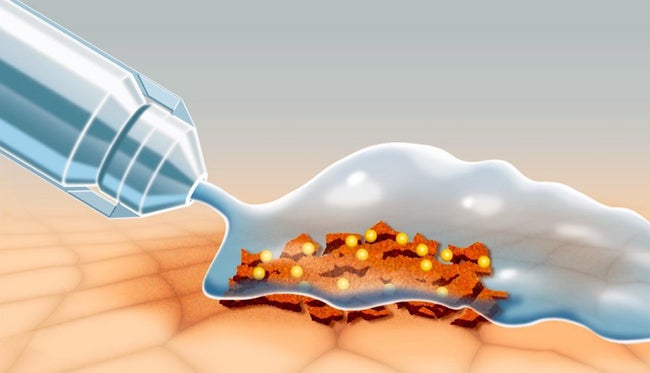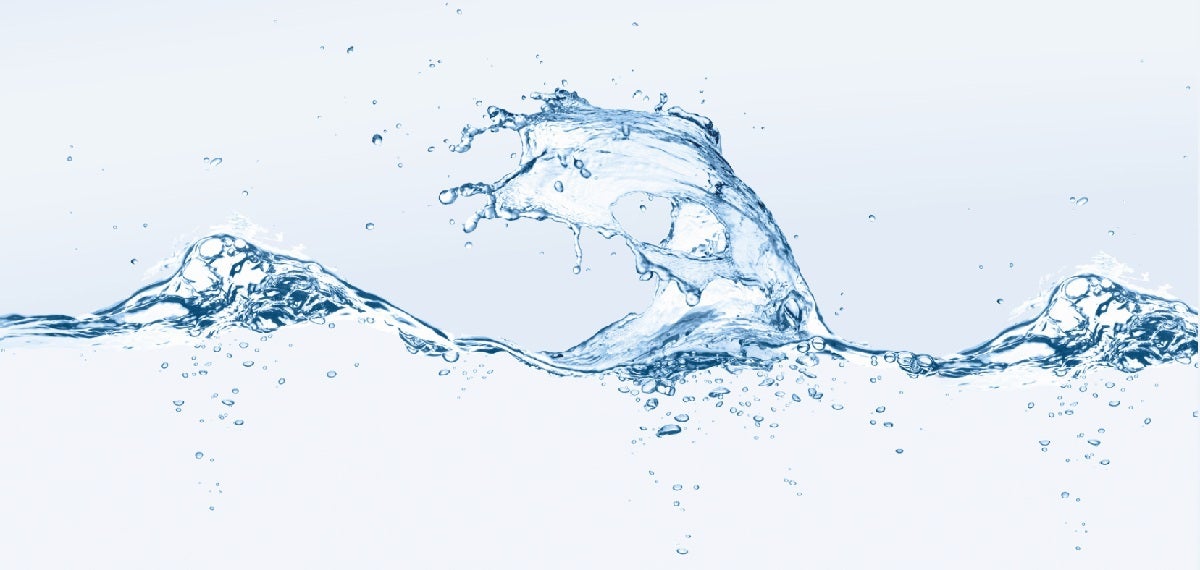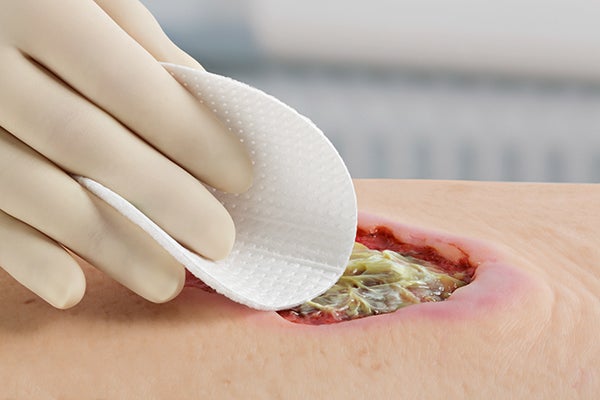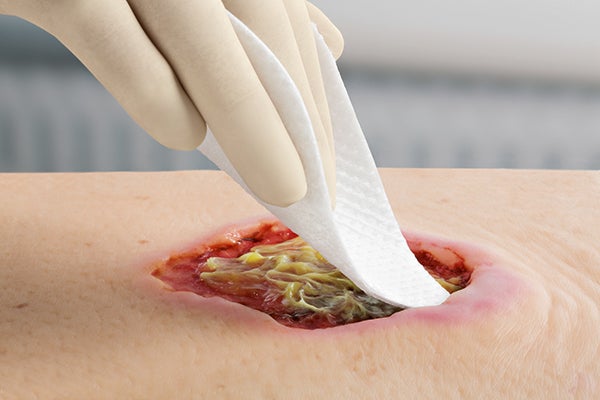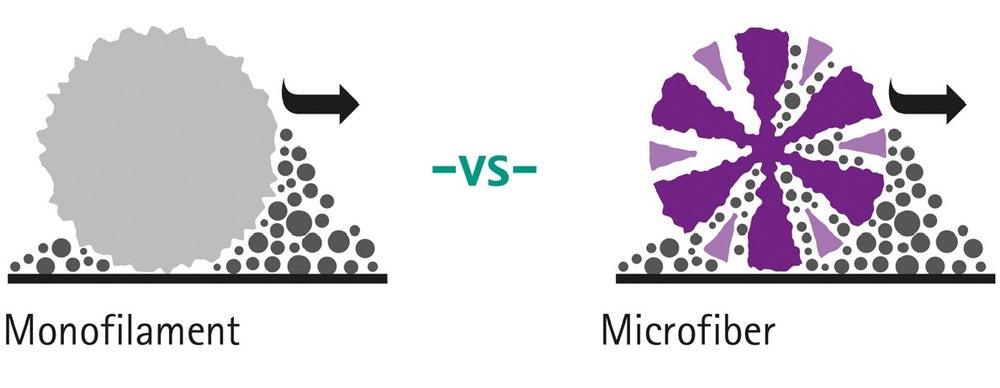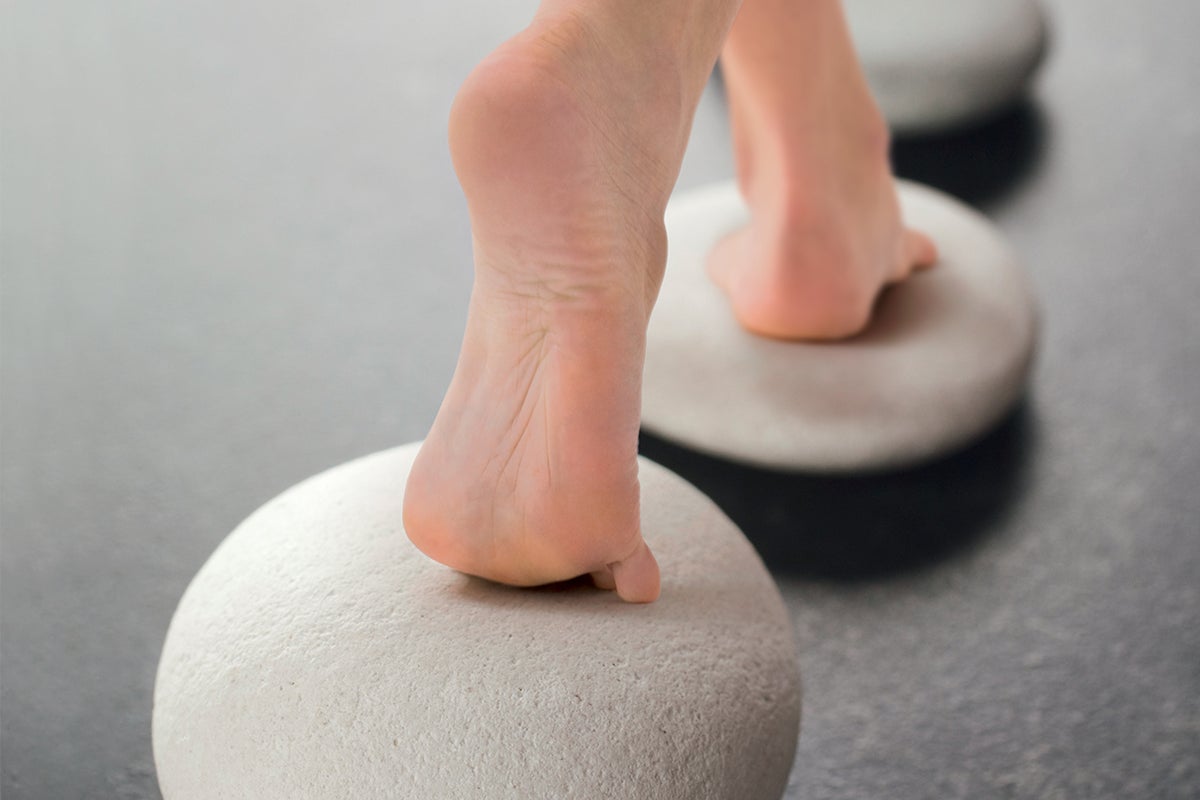Only a clean wound can heal
The concept of ”Wound bed preparation“ was first described by Falanga et al (2000) and can be defined as the global wound management procedure to accelerate endogenous healing and enhance the effectiveness of advanced wound care products. The ultimate aim is to ensure healthy granulation tissue formation resulting in complete wound closure.
Correct Chronic "Wound bed preparation" is achieved by:
- Reducing bacterial bioburden e.g. biofilm in the wound bed
- Removing necrotic tissue and slough
- Controling exudates
- Managing cellular dysfunctions and biochemical imbalances
Prontosan as an integral part of wound bed preparation
*Seipp HM et al. Efficacy of various wound rinsing solutions against biofilms. ZfW 2005; 4(5):160-163 / Perez R et al. Effect of different wound rinsing solutions on MRSA biofilm in a porcine model. WoundM 2010; 4(2):44-48
Case Studies & Scientific Evidence
Mechanical Wound Debridement with Prontosan® Debridement Pad
The unmarked side of the pad has to bee moistured with 15 – 20 ml of Prontosan® wound irrigation solution*. If local guidelines exist, they have to be followed. Apply gentle pressure, wipe the moistened side over the wound and / or adjacent skin in a circular motion.
Following debridement, it is advisable to irrigate the wound thoroughly for a second time with Prontosan® Wound Irrigation Solution and to continue with standard treatment.
How do Microfibers Work?
Microfibers are able to attach themselves to even the smallest, most microscopic particles—ones that normal monofilament fibers (positively giant in comparison) crudely brush past. If forces were visible, you‘d be able to see that there are adhesive forces between microfibers and the particles. There are millions of microfibers in a pad, so the overall sticking effect is magnified dramatically. That‘s why cell residues (debris), exudate and slough can be «hoovered up» by microfiber cloths.
Product Information & Case Studies
Gentle dressing changes with Prontosan®
Dressings are often encrusted and stick to wound surfaces. By attempting to remove the dressing from the wound surface when dry, new injuries often arise with additional risk of infection, which in turn delay the healing process. In cases where bandaging is difficult to release, intensive dressing moistening with Prontosan® Wound Irrigation Solution is advisable until they can be gently released without traumatising the wound surface. If these actions are stubborn, it indicates the presence of large encrustations. The whole section of the body including the dressing should be thoroughly saturated with Prontosan® Wound Irrigation Solution until the dressings can be easily released.


